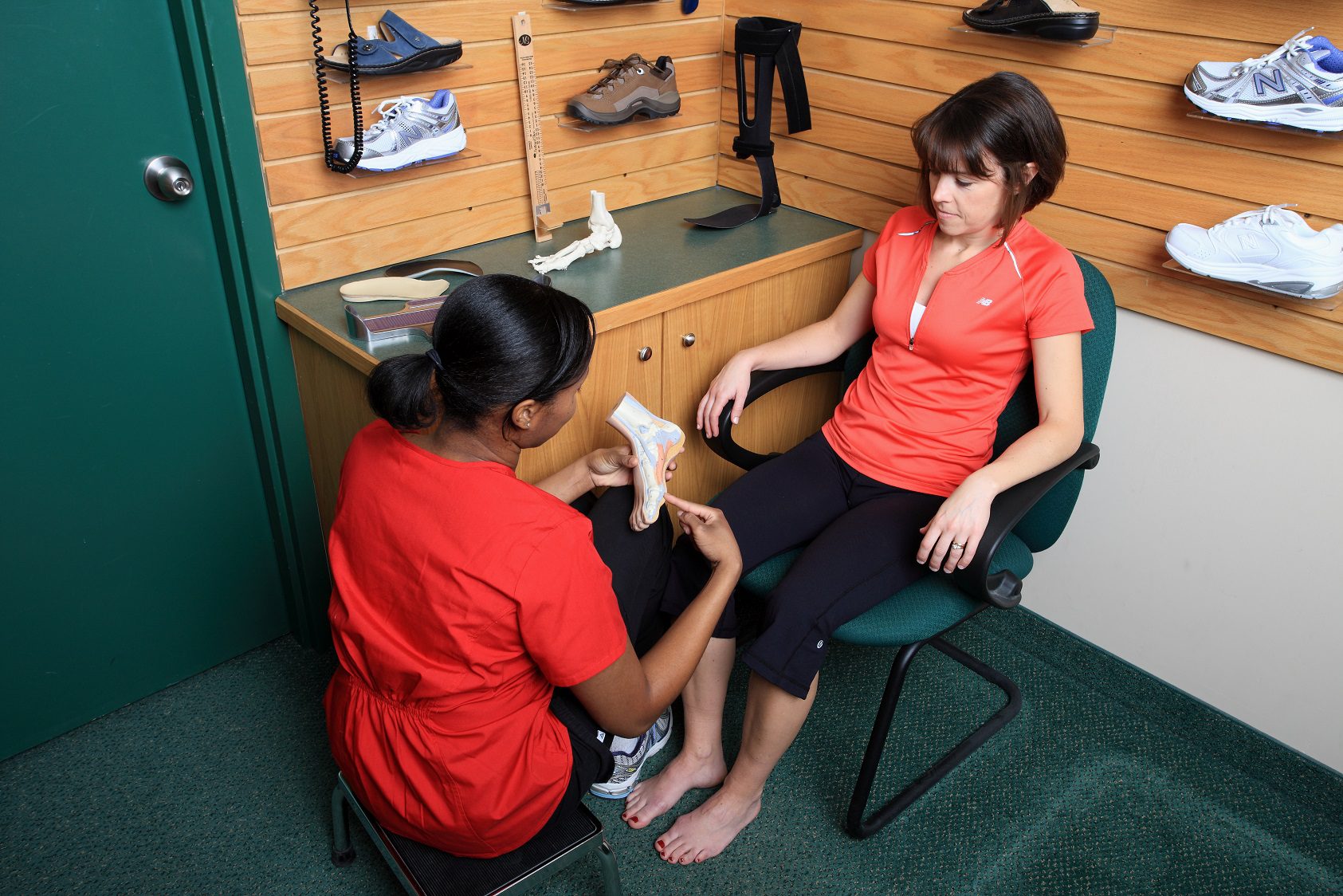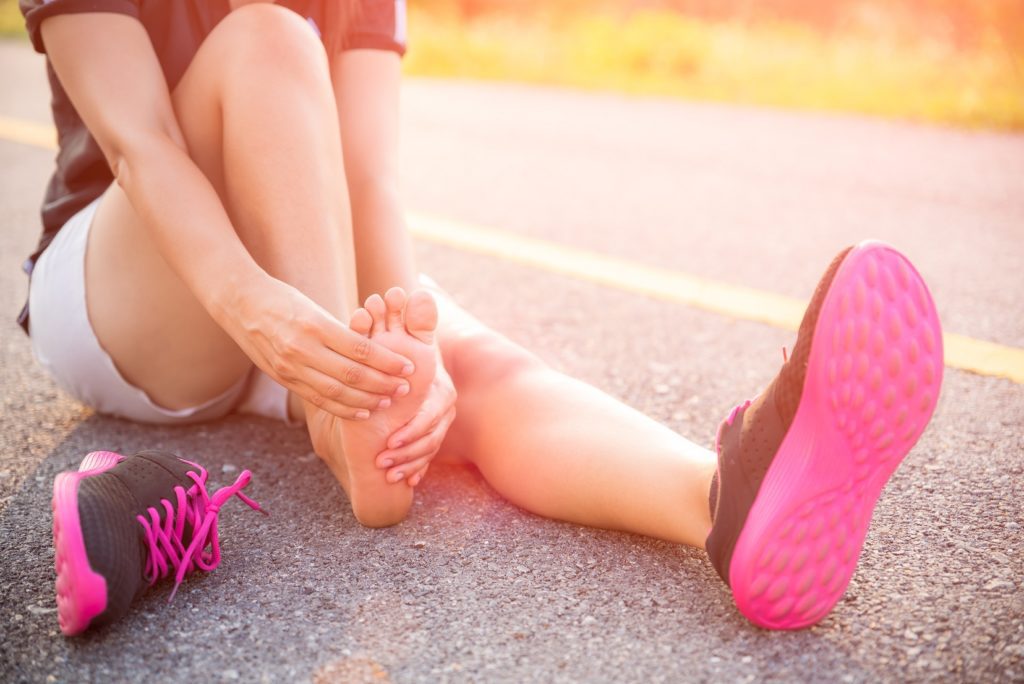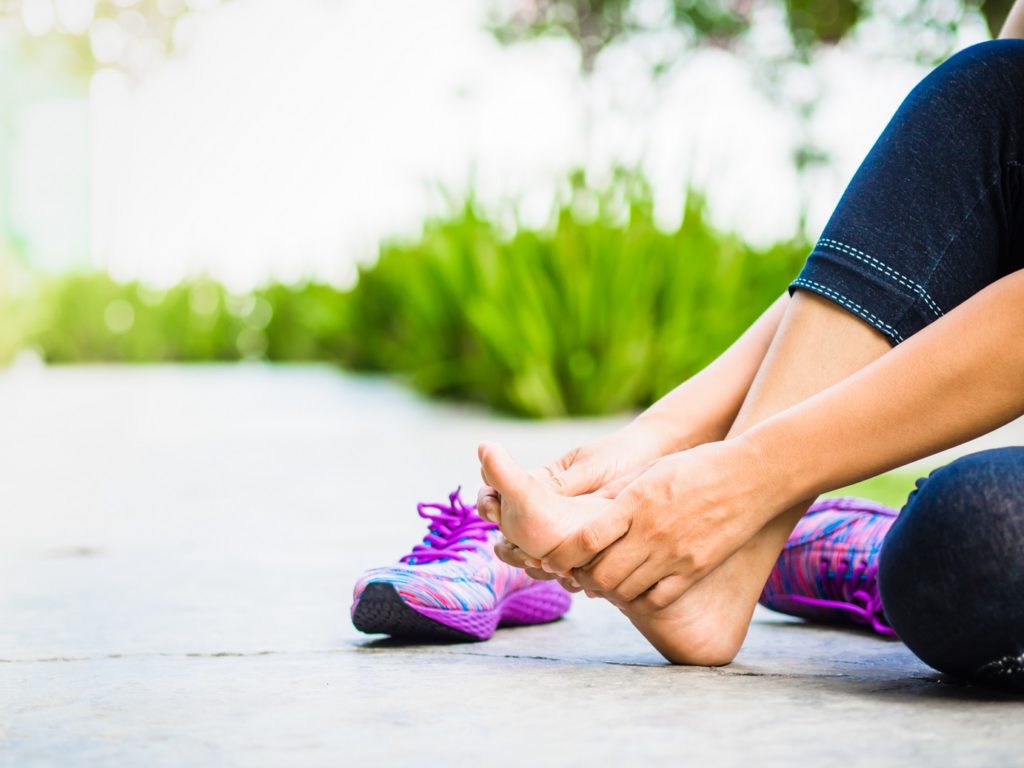This specialist will keep you running healthy and performing at your best


We runners spend a lot of time on our feet. In many ways, our feet are our most valuable asset. So wouldn’t it stand to reason that we should know a bit about them? How they work? What makes them function efficiently? What causes them harm? And most importantly, how we can keep them healthy? If you’re not giving your feet quite as much attention or appreciation as they deserve, perhaps it’s a good time to start.
And there’s perhaps no better specialist to educate you about feet and lower limbs than a Canadian Certified Pedorthist. Anthony Harper is the president of the Pedorthic Association of Canada and has over a decade worth of experience running his own pedorthic clinic in Burlington, Ont. We spoke to Harper about the many advantages pedorthists can offer runners, to keep them running healthy and performing at their best.
Canadian Certified Pedorthists are dedicated healthcare professionals trained specifically in the assessment of lower limb anatomy and biomechanics. As such, they are experts at pinpointing structural and mechanical issues as they relate to the foot, ankle and lower leg.
Pedorthists help patients with a wide range of foot and lower limb problems including some particularly common amongst runners. These include, but are not limited to, plantar fasciitis, Achilles tendonitis, shin splints, patellafemoral pain syndrome (“runner’s knee”), metatarsalgia and others.
“One of the areas we specialize in is orthotics,” says Harper. Pedorthists design, fit and modify custom-made orthotics and orthopaedic footwear, which can help treat and prevent a number of common running injuries. Harper suggests that “many runners can benefit from custom orthotics, which is a highly individualized approach to increasing your running efficiency and movement patterns.”

Finding a local pedorthist is as easy as visiting pedorthic.ca/find There are hundreds of options across Canada. Once you’ve made an appointment, you’ll be asked for a complete athlete history and profile including your training habits, goals and past injuries. You’ll then be taken through a series of range of motion tests to assess for any structural or mechanical limitations. A postural analysis will also be used as well as a gait analysis to determine your unique movement style and efficiencies. With this newfound knowledge, you can make informed and meaningful decisions about how you run and train, what injuries to watch out for and what supplemental training or preventative options will best keep you running healthy and strong.
Pedorthists and orthotics are covered by many insurance plans and providers so there’s little reason to delay adding these specialists to your repertoire of running health and performance. In fact, pedorthists work closely with sports physicians, physiotherapists, chiropractors and athletic therapists to maximize your overall health and performance.
Being experts of the feet, shoes are naturally a topic of interest and expertise of pedorthists. Harper is quick to point out that shoes—of which there are plenty of options available–should ultimately meet the unique foot profile, biomechanics and even the intended use for a given runner. “Shoes don’t cause injuries. The wrong shoe on the wrong athlete at the wrong time does.” With that in mind, Harper reminds runners to never ignore running-related pain, especially that which is nagging or gets worse while running. “Pain is the body’s way of telling us that there’s potential danger ahead. If we don’t heed its warning, we could risk long-term injury and a lengthy recovery.”


